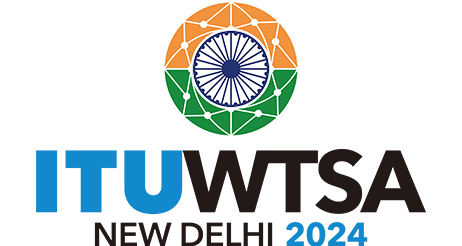The Jal Jeevan and Swachh Bharat Missions are combining to improve people’s well-being

Many have likely heard the parable about a bundle of sticks. Its premise is that one stick may break but when many sticks are bundled together, it’s impossible to break the stack. This story taught us the power of unity. Another word for unity is convergence — when ideas, projects and schemes merge, miracles happen. Prime Minister Narendra Modi is a flagbearer of this idea.
The late Arun Jaitley introduced convergence as one of the primary operating principles of the government in his first budget speech. At the Jal Shakti Ministry, we have tried to put this concept to the test. The best exhibition of this can be found in the ways in which the Jal Jeevan Mission and Swachh Bharat Mission work in tandem, one enabling the other.
During the first term of this government, the Swachh Bharat Mission was launched to stop the scourge of open defecation. More than 10 crore toilets, a record, were built, but this accomplishment could have been difficult had the government not had the foresight to build the toilets on a twin-pit design that has in-situ treatment of faecal sludge. Now, providing tap water connections through the Jal Jeevan Mission is among the government’s top priorities. Over 9.6 crore rural households get tap water supply; notably, more than 6.36 crore households have been provided tap water connections since PM Modi announced the programme in August 2019.
The Jal Jeevan Mission faces a challenge similar to that faced by the Swachh Bharat Mission — managing grey water discharge. About 70 per cent of all household water turns into grey water, which if untreated leads to undesirable consequences. This is where the concept of convergence comes in.
The government has launched Swachh Bharat Mission Phase 2 with a focus on plastic waste management, biodegradable solid waste management, grey water management and faecal sludge management. It has been as nimble and innovative in its thinking as when twin-pit toilets were used in the Mission’s first phase. When household tap connections were provided, the Jal Jeevan Mission converged with the Swachh Bharat Mission to achieve holistic sanitation in which the treatment of grey water became a vital component.
Under Swachh Bharat Mission Phase-2, arrangements for solid and liquid waste management have been made in 41,450 villages; nearly 4 lakh villages have minimal stagnant water. Nearly 22,000 villages have been named “model village” under the ODF Plus scheme, and another 51,000 villages are on their way to achieving this tag.












